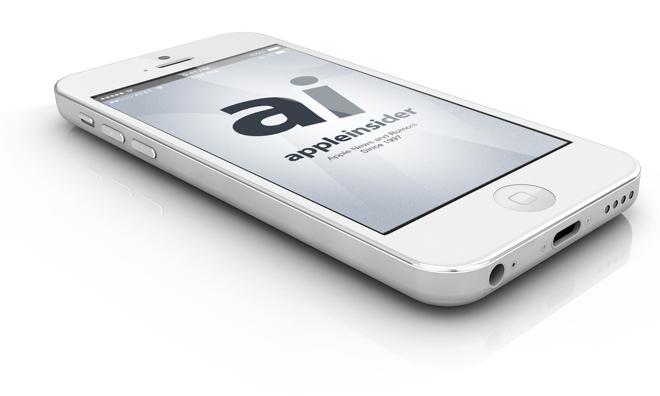Evidence continues to mount that the market for high-end smartphones in the U.S. may have reached a saturation point, meaning that a mid-range iPhone offering from Apple could be the best way for the Cupertino company to ensure future growth.
The latest and greatest smartphone models aren't spurring as many consumers to upgrade as they have in the past, according to analysts at UBS AG. Last year saw 68 million people upgrading their phones in the U.S., down more than nine percent from the year previous.
This trend could prove troubling for both smartphone manufacturers and wireless carriers. The carriers could find themselves on the hook for billions due to sales agreements with manufacturers and the need to continue having customers re-up their contracts. Phone upgrades typically go along with service upgrades, and the carriers continually try to herd customers into higher-cost arrangements in order to grow revenue.
Apple and Samsung, the two largest smartphone manufacturers, have been seeing the effects of smartphone saturation as well. Samsung's most recent flagship model, the Galaxy S4, received solid reviews but was generally regarded as an iterative, evolutionary device and not a true game changer. That same charge was leveled at Apple's iPhone 5 by some critics around the time of its release.
For Samsung, the lack of a wow factor translated into slower-than-expected sales for the Galaxy S4, which in turn led to a stock slide as investors began to fear slowing growth. That turn of events, again, mimicked Apple's own story since August of last year.
Apple, too, has seen the effects of high-end smartphone saturation. In the March quarter, the average sales price for an iPhone fell to $600, lower than some analysts' projections of $625. At Verizon, the largest carrier in the United States, Apple's newest model, the iPhone 5, made up about half of all iPhone sales for that quarter. Older models like the iPhone 4S and the iPhone 4 - both of which are offered at discounted price points - made up the rest of that carrier's iPhone sales.
Slowing growth in the high-end segment could spur Apple on to develop and release a mid-tier model of its bestselling smartphone. Rumors abound that the iPhone maker is working on a less premium build of its best-known device, with a polycarbonate-backed model hitting shelves as early as this fall. Some reports hold that Apple will not make a play for the low-end segment, as the "cheaper" iPhone is said to not be cheap at all.
Others hold that the high-end smartphone slowdown will simply open the door for other devices to come to the fore. Chief among these would be the smart watch segment, an area Apple is widely expected to enter in the next year or so. That segment, according to recent reports, could grow by a factor of ten over the next year as major hardware manufacturers look to capitalize on a burgeoning wearable technology trend.
 Kevin Bostic
Kevin Bostic







-m.jpg)






 Charles Martin
Charles Martin
 Christine McKee
Christine McKee
 Wesley Hilliard
Wesley Hilliard
 Malcolm Owen
Malcolm Owen
 Andrew Orr
Andrew Orr
 William Gallagher
William Gallagher
 Sponsored Content
Sponsored Content







58 Comments
People are waiting for 5S and 6 for the upgrade! New herd will join Apple for the low cost iPhone.
I think the entire phone market is saturated. Now that everyone has one, phone sales will slow. It's the same in most electronic markets. People hold onto them for a few years (or longer in the case of tvs) so sales are generally slower.
Many people know that American consumers make up ~70% of the American economy.... But not many people realize that the top 10% of consumers make up 50% of the economy.... Apple does! :)
Huh? What wearable technology trend? I see NO one wearing tech, aside from iPods and standard wristwatches. Lovely that the analysts are now forecasting on phantom trends.
Google Glass, you say? Right... it's the next Segway scooter. Both users love 'em.
Awww. C'mon. I rode one. Segways are really cool.